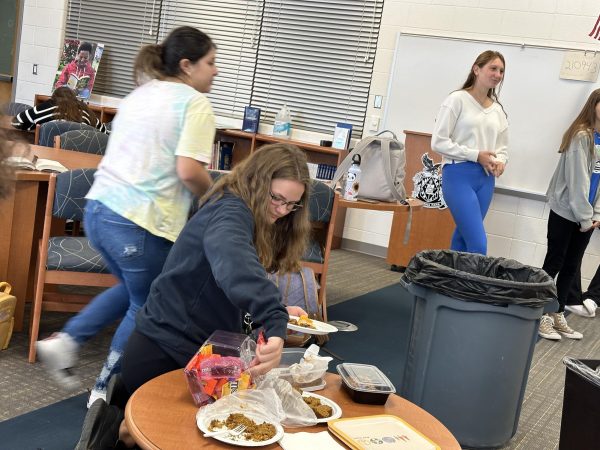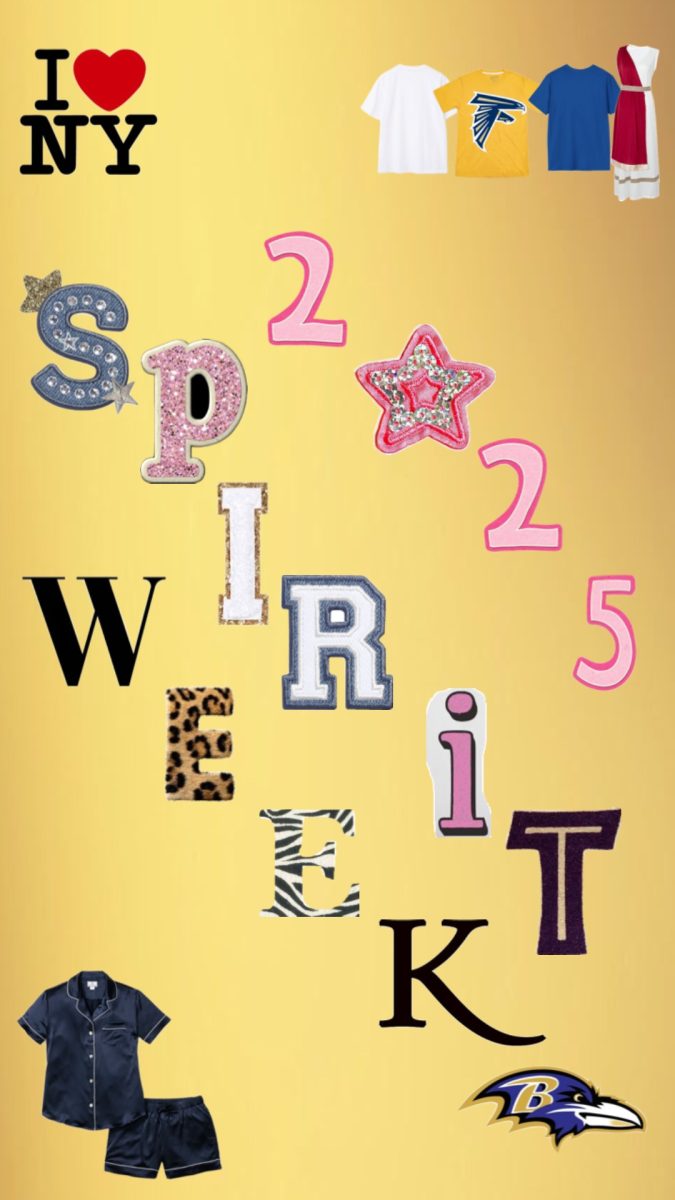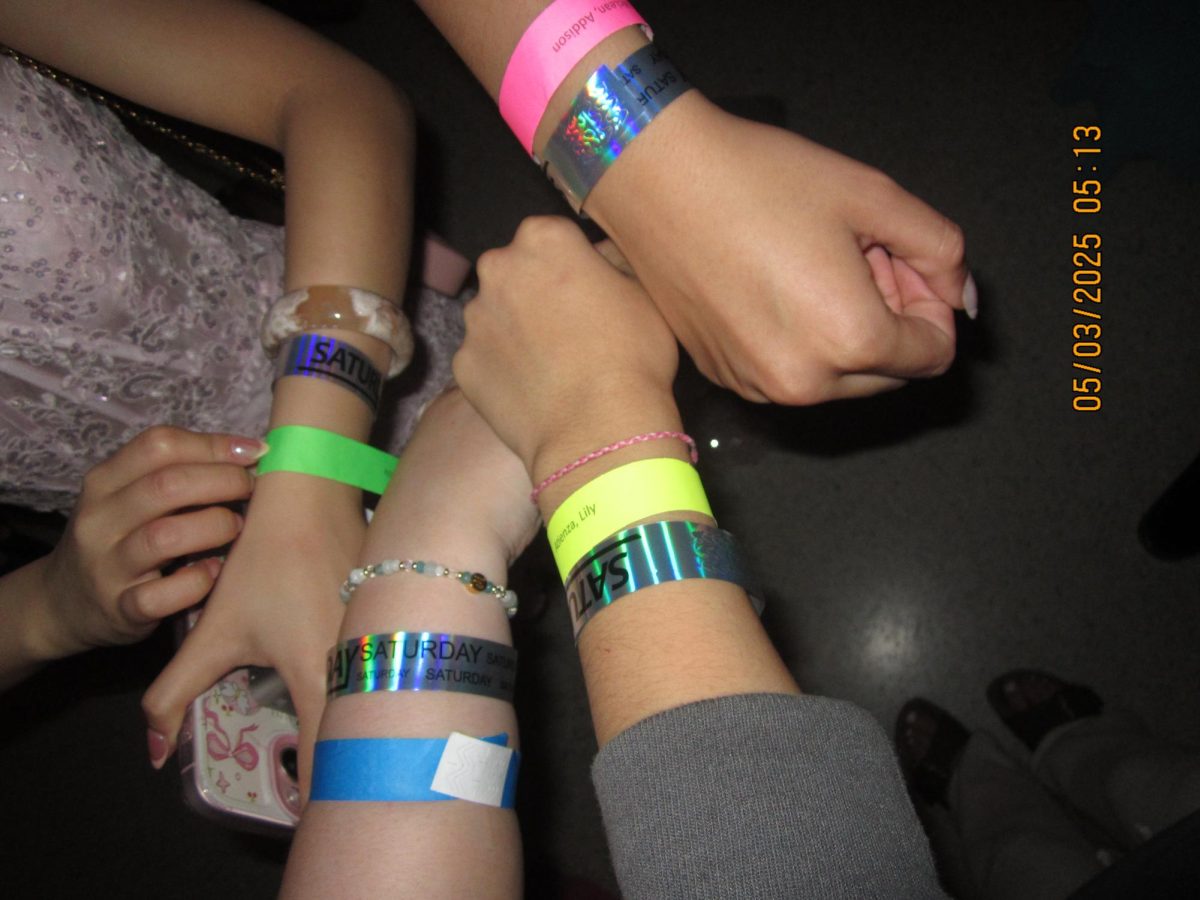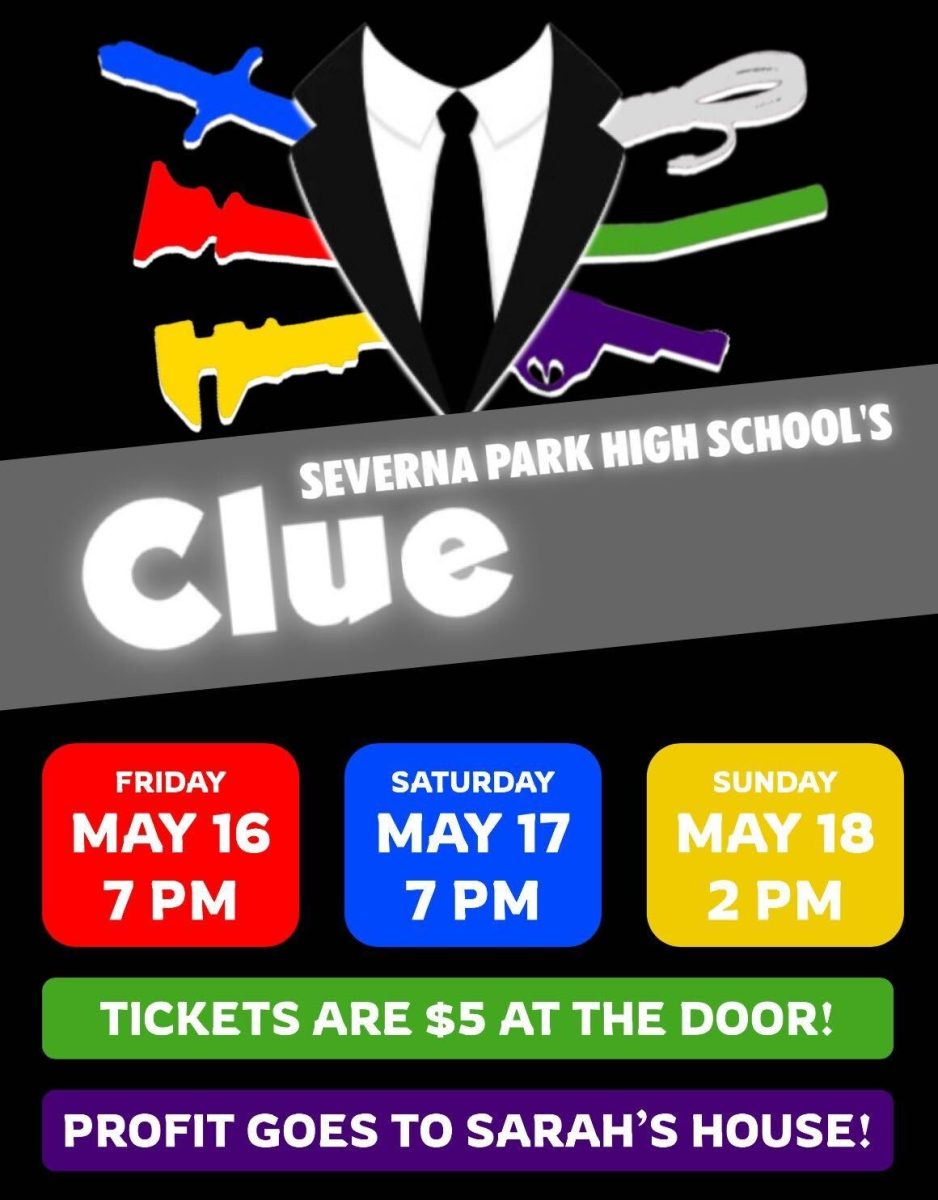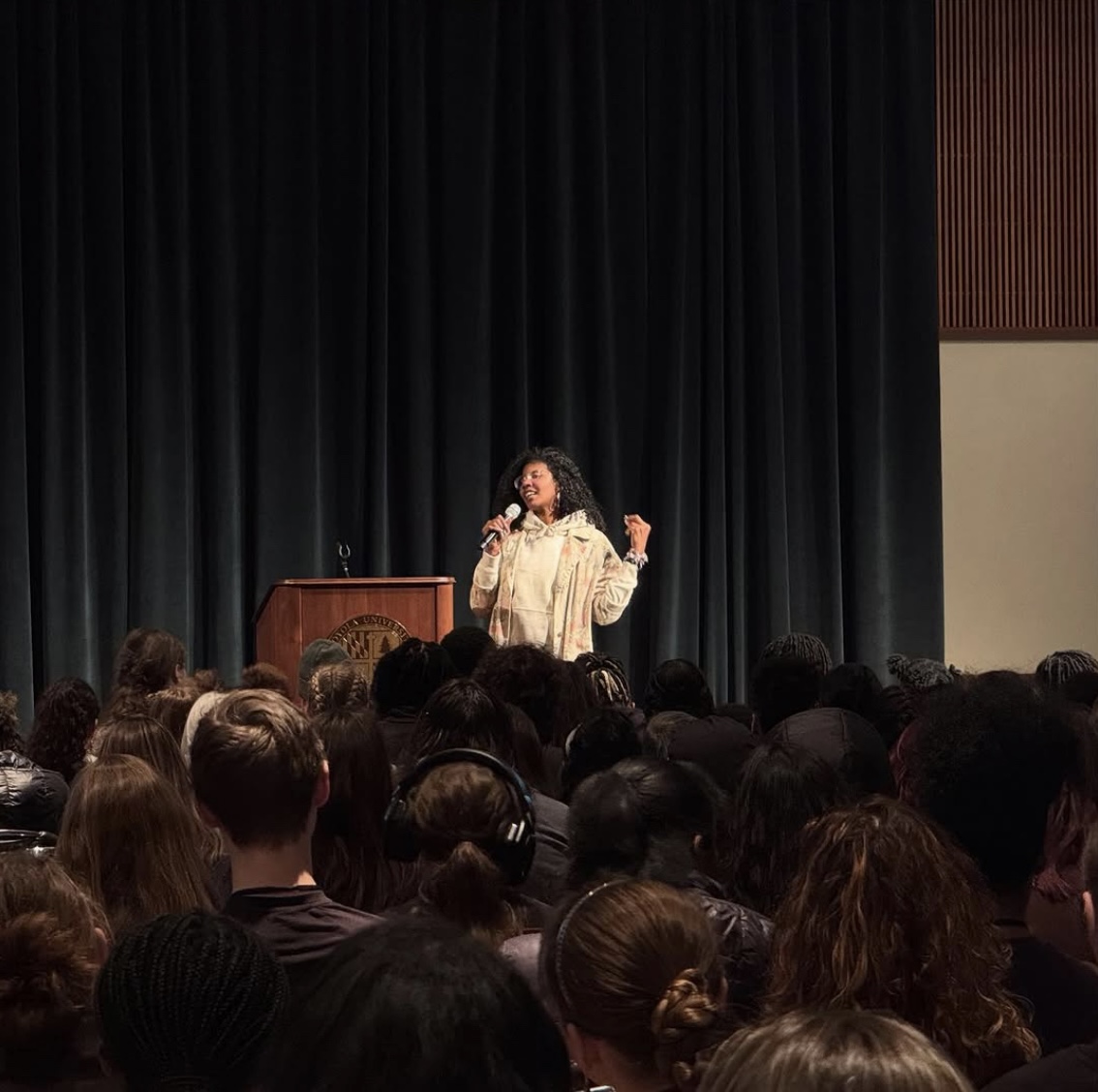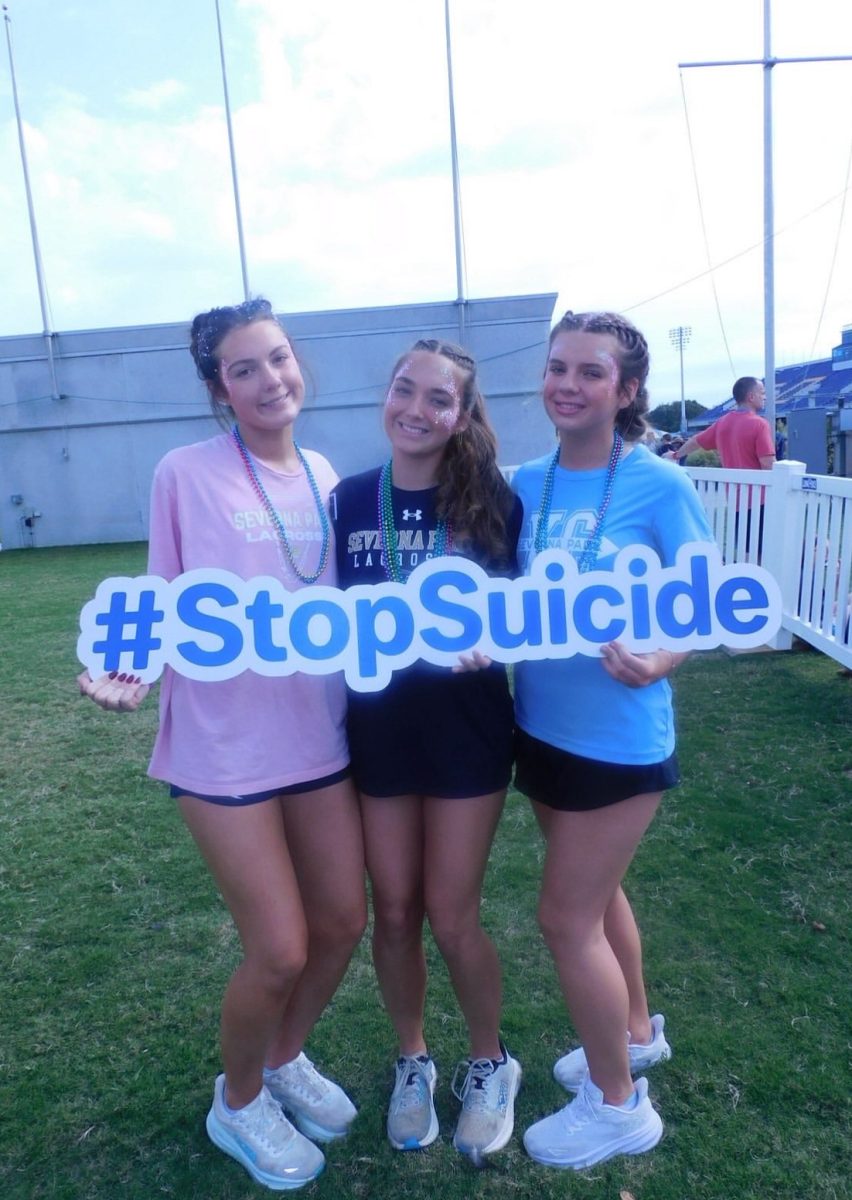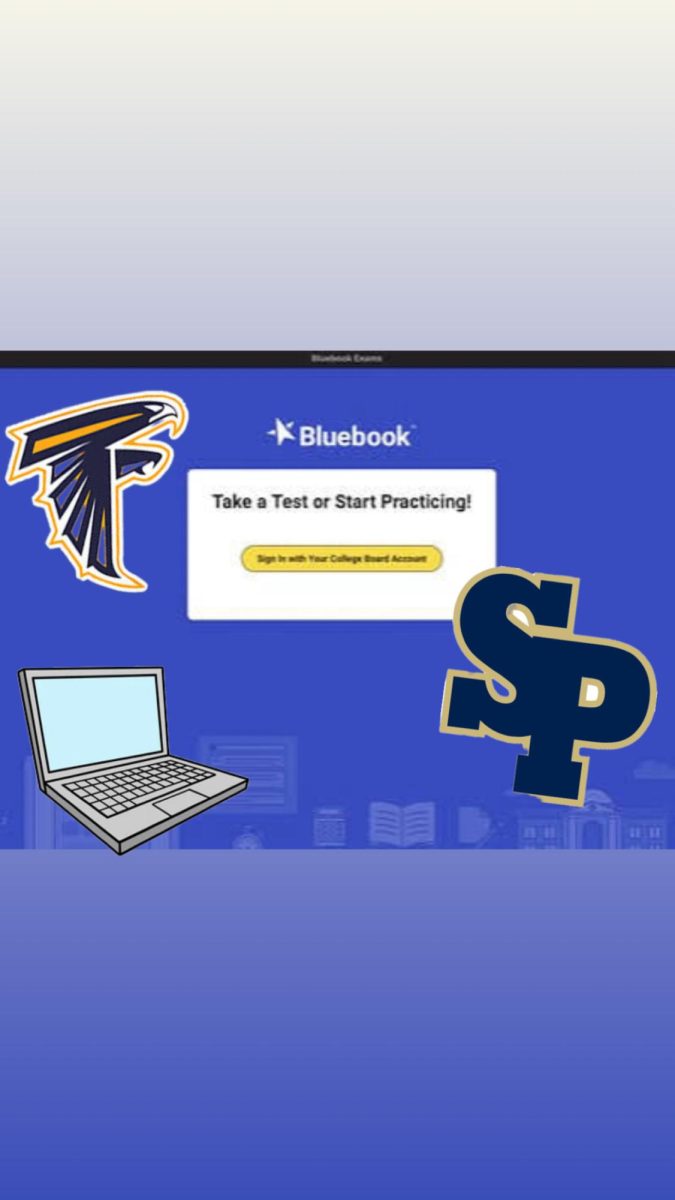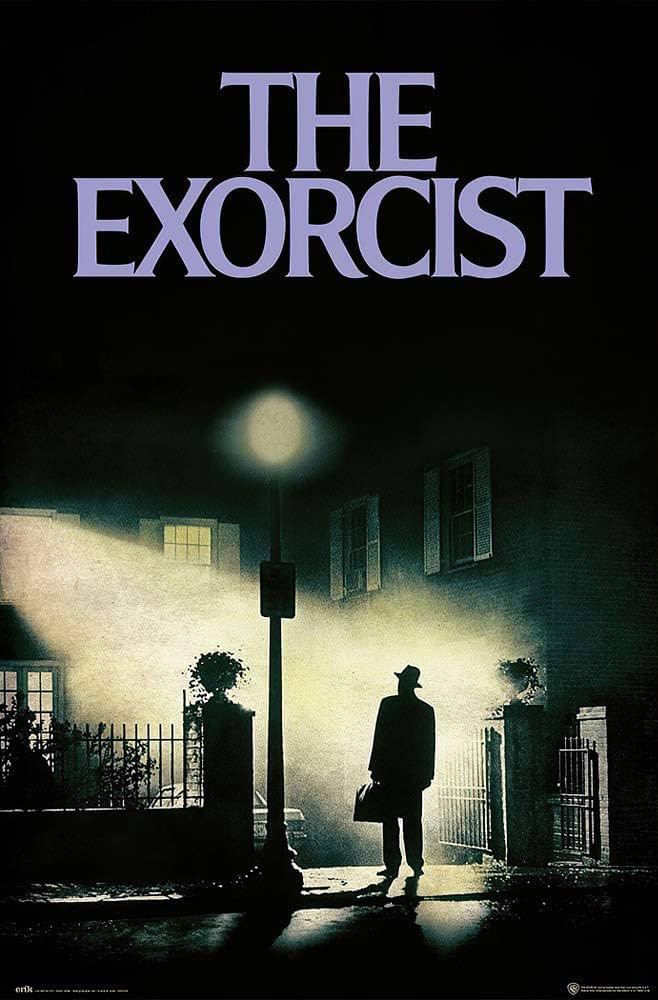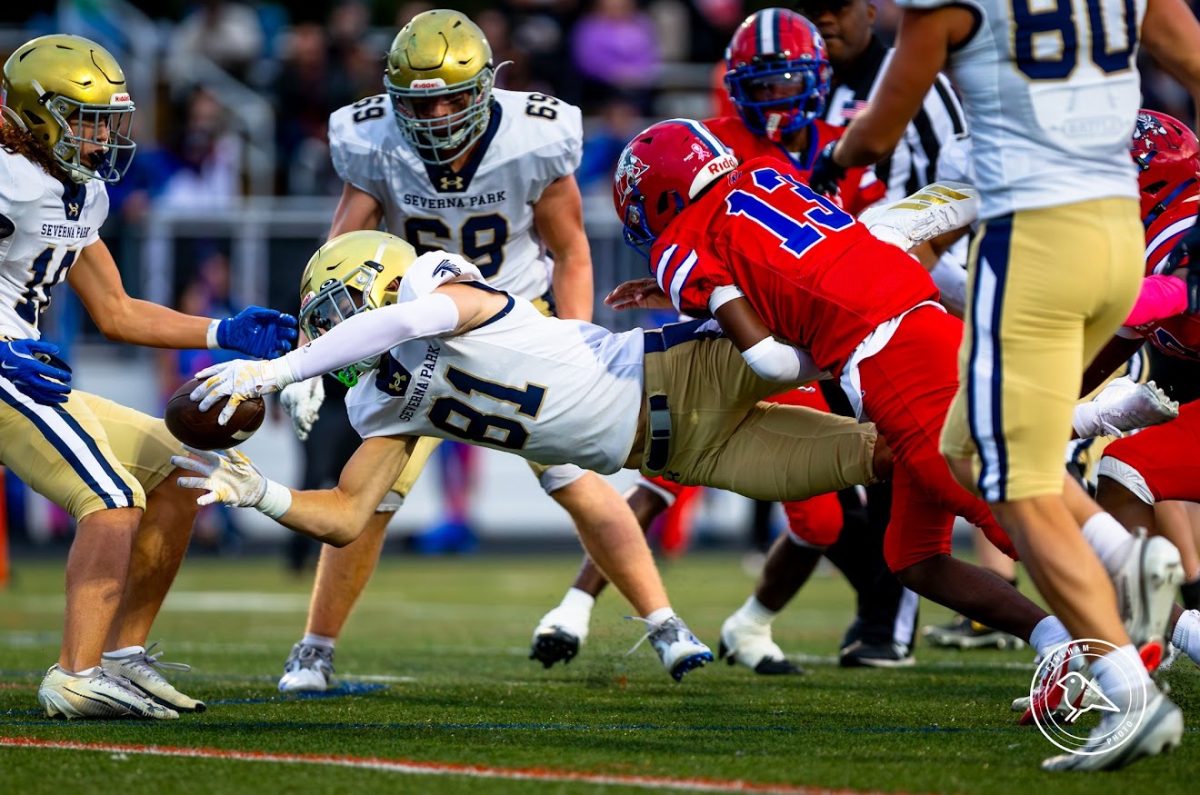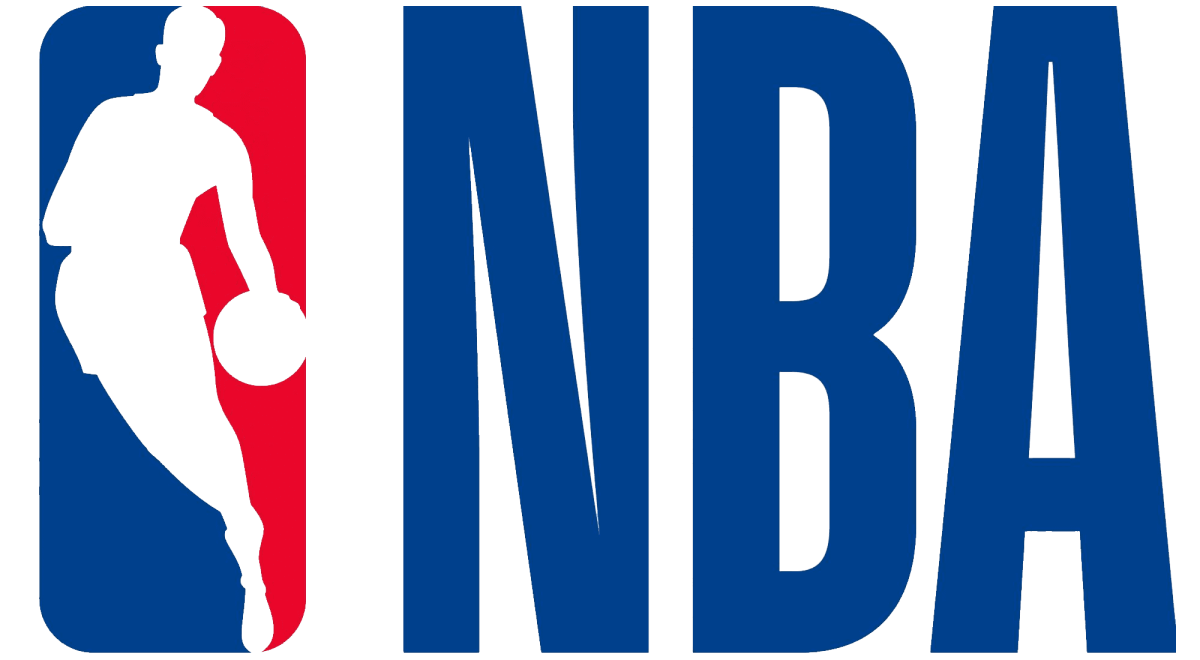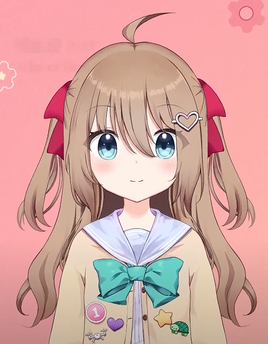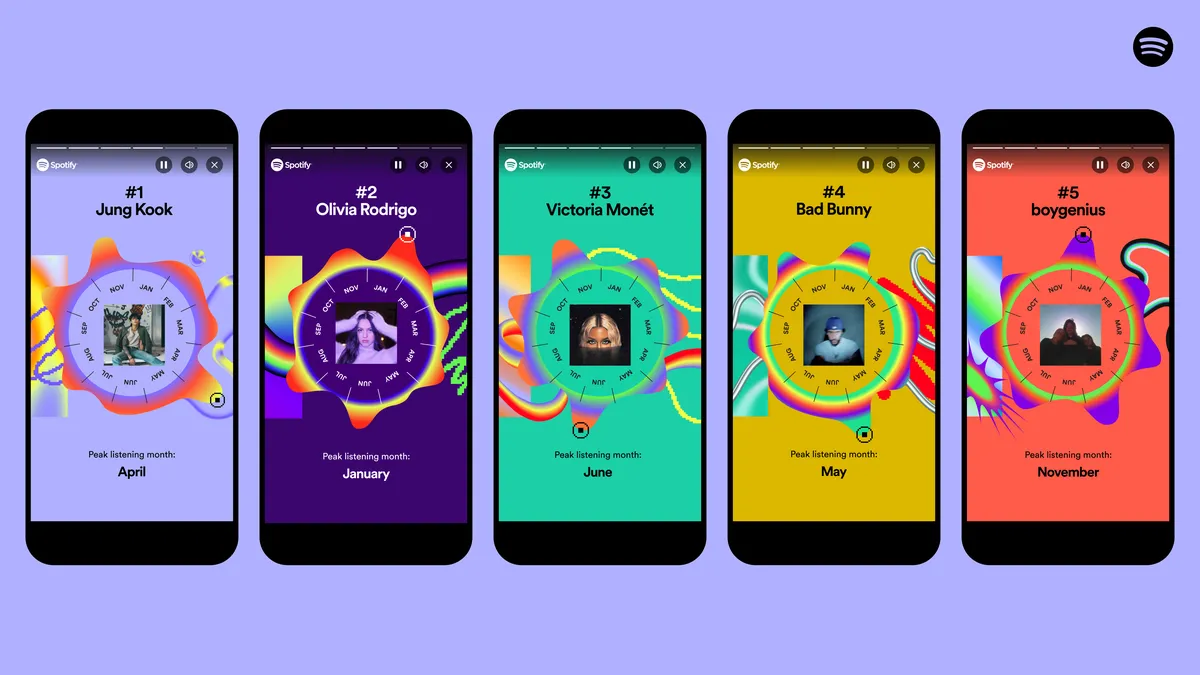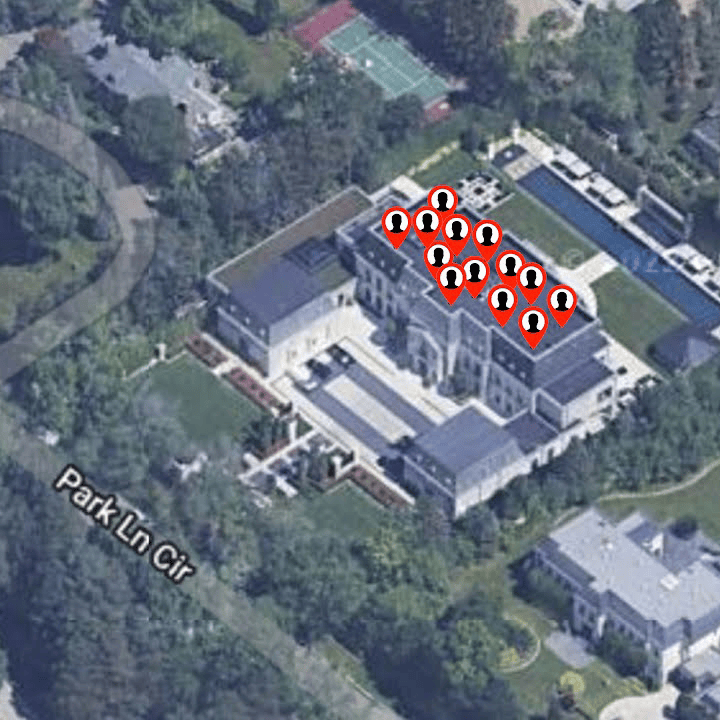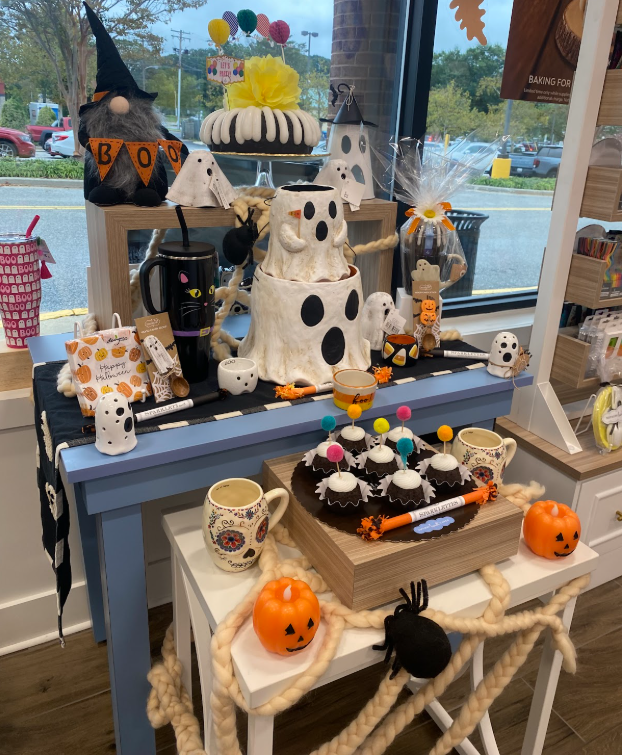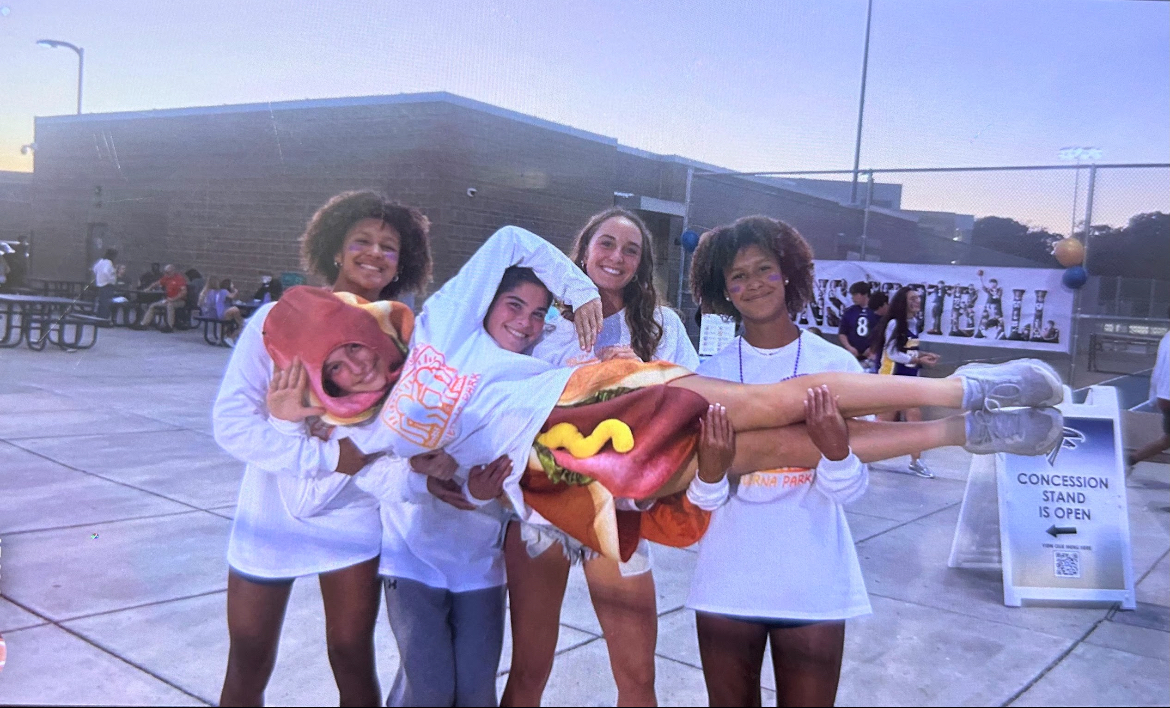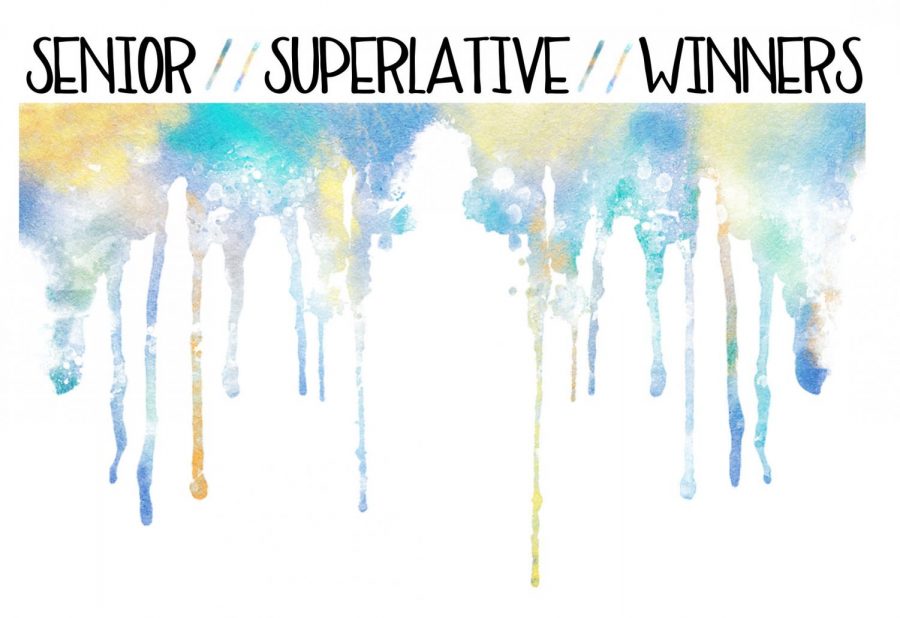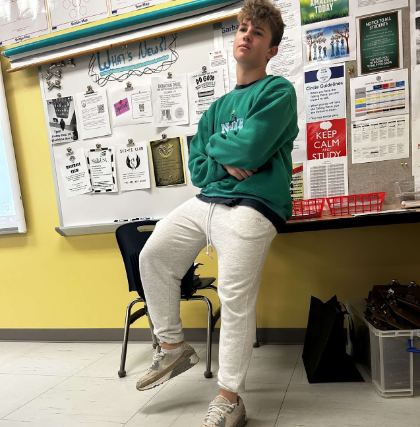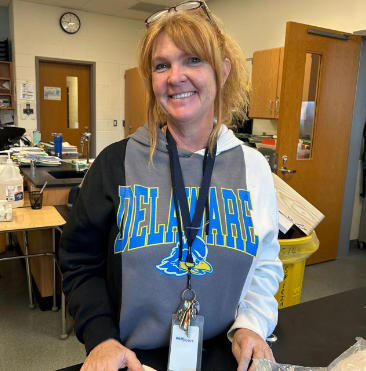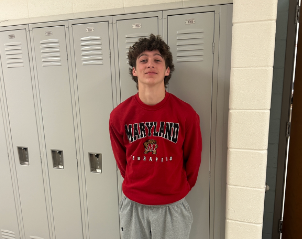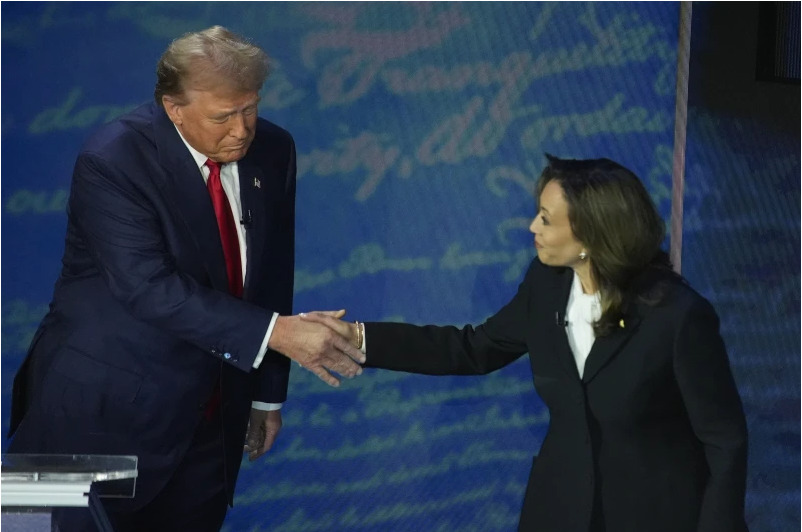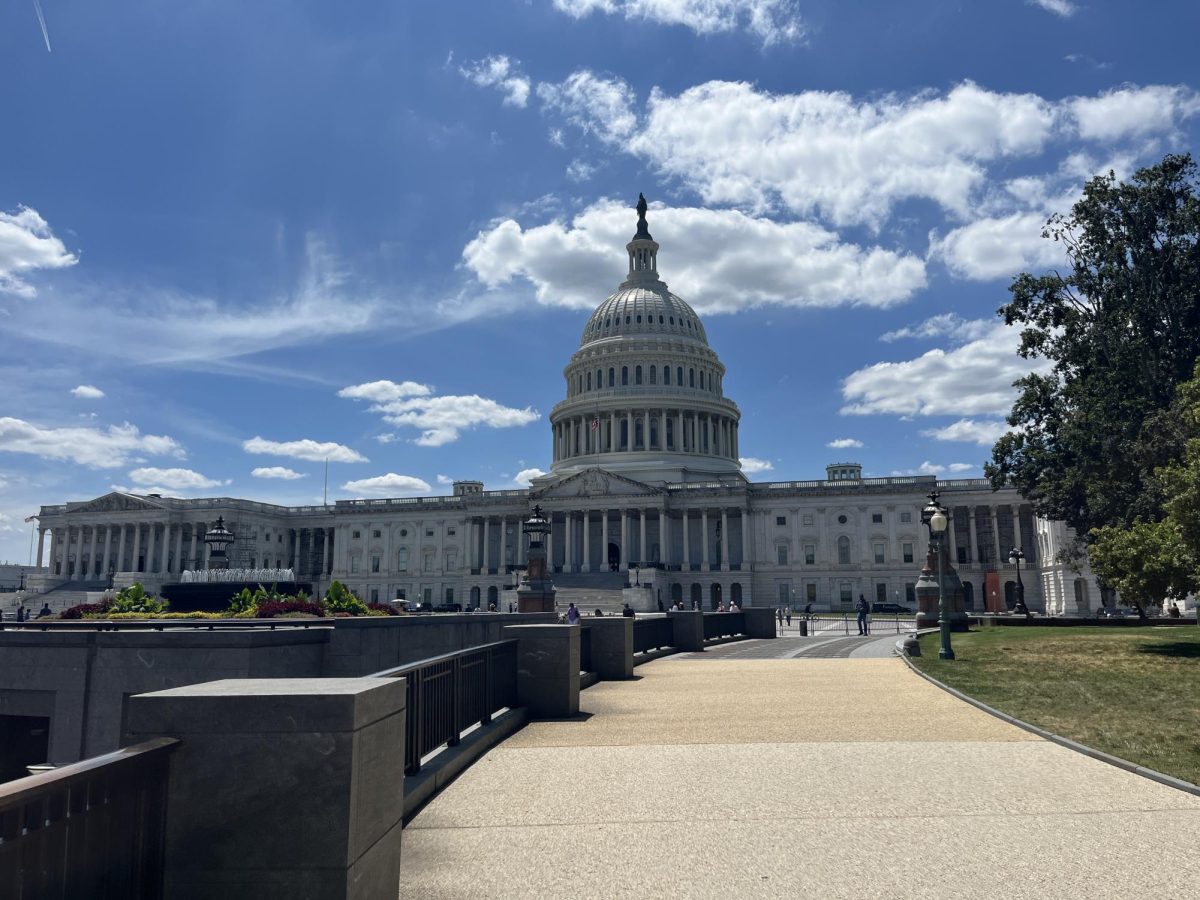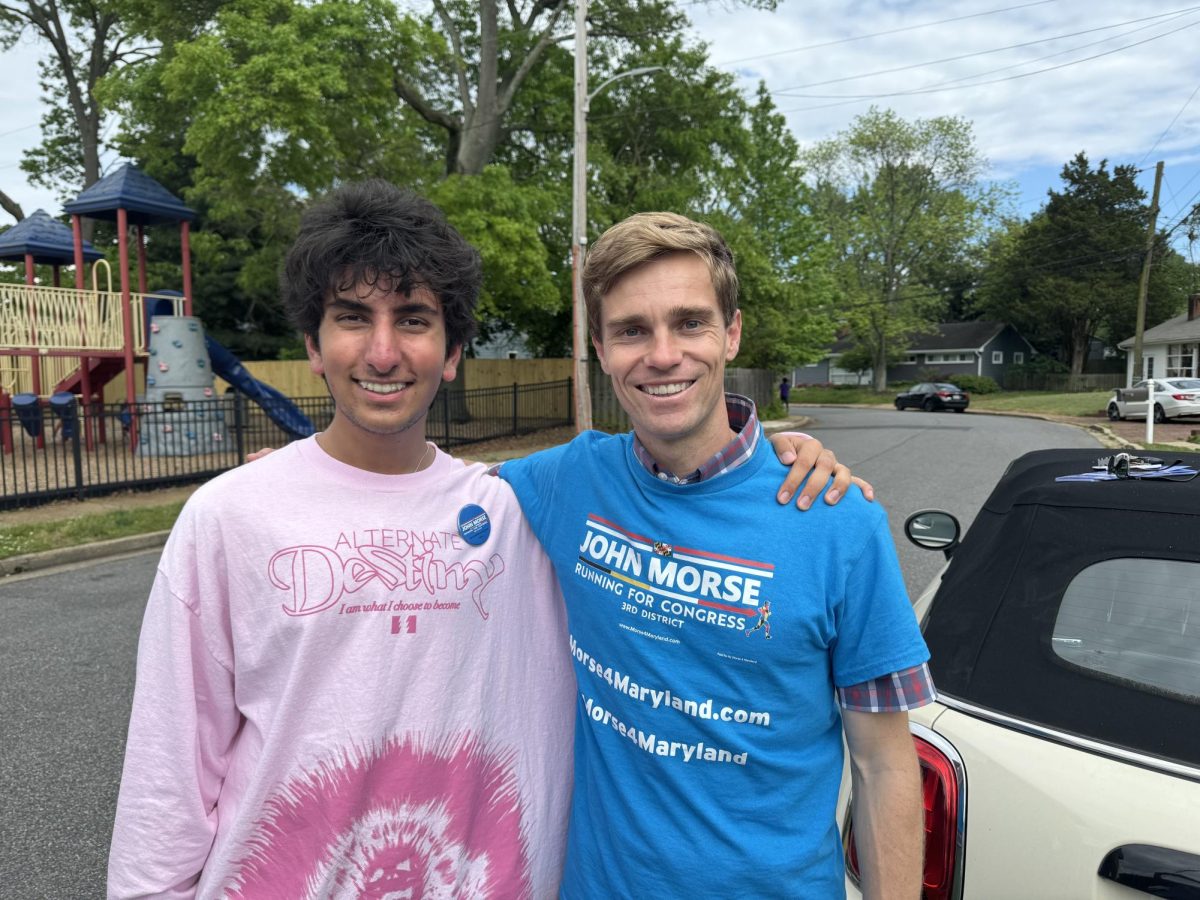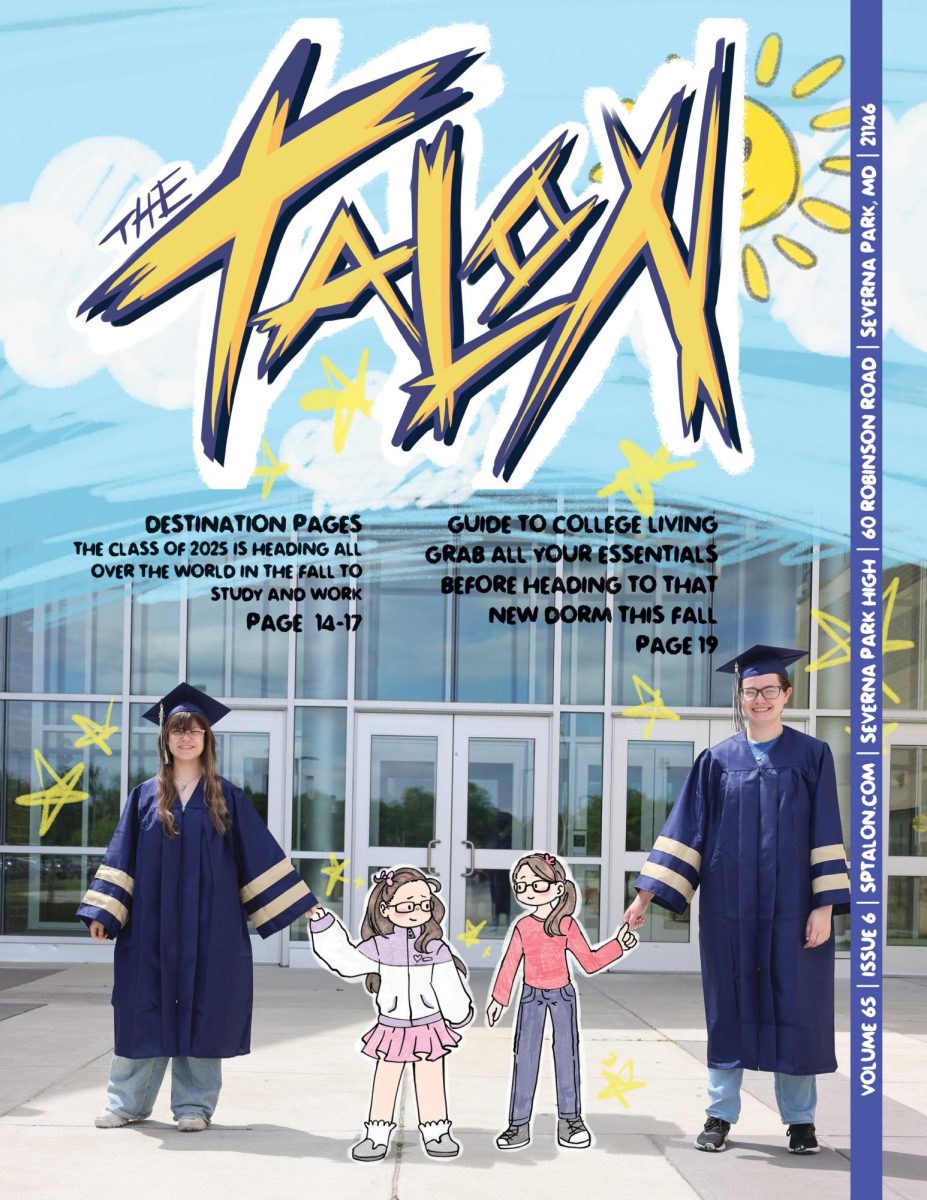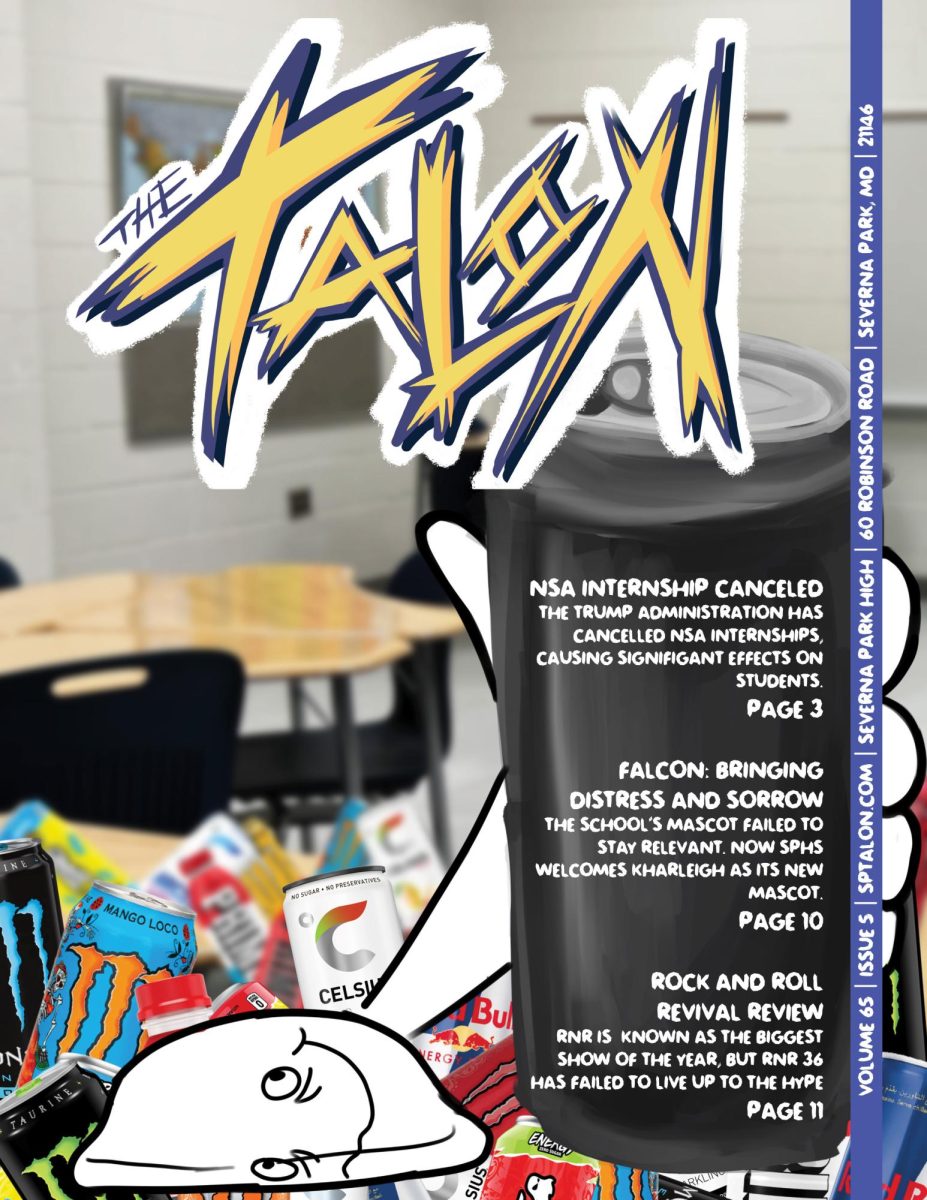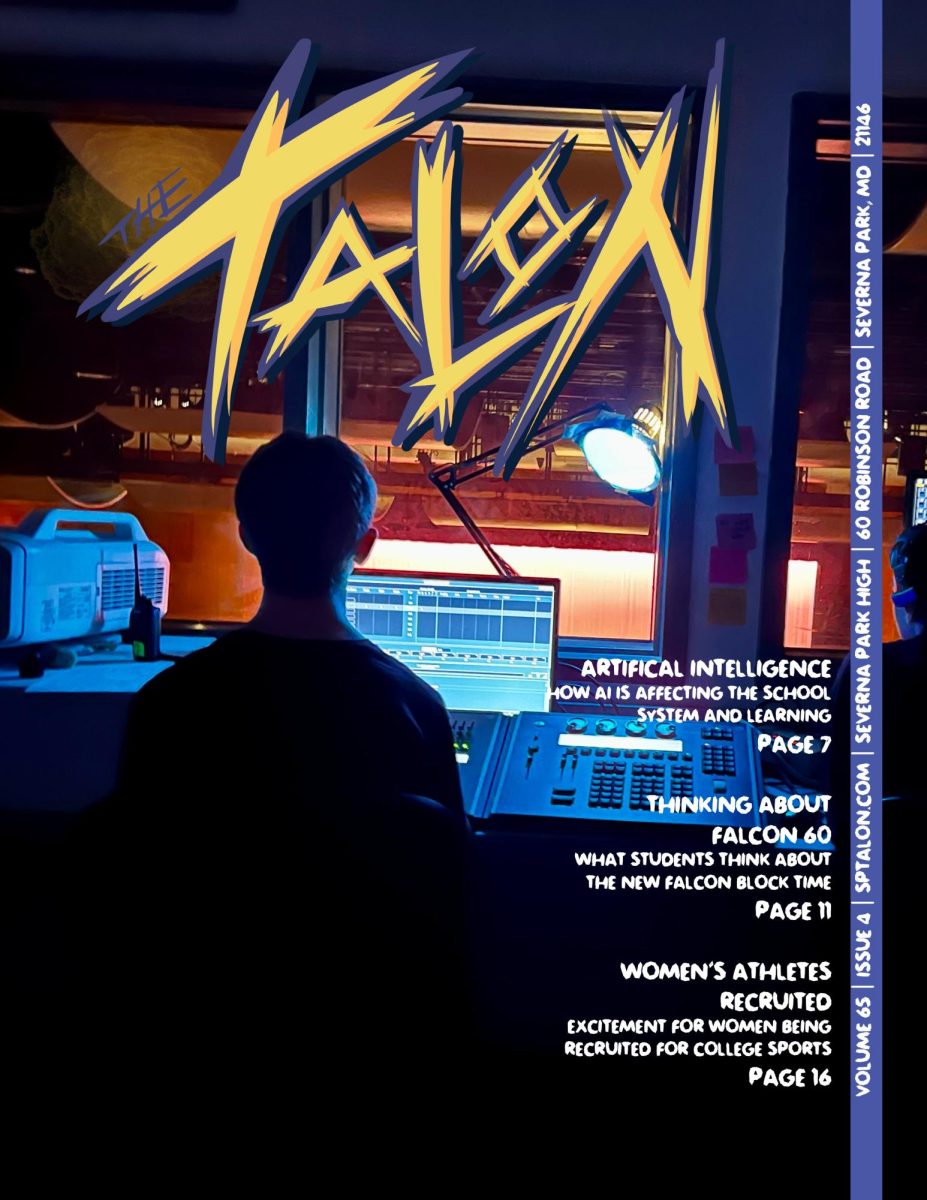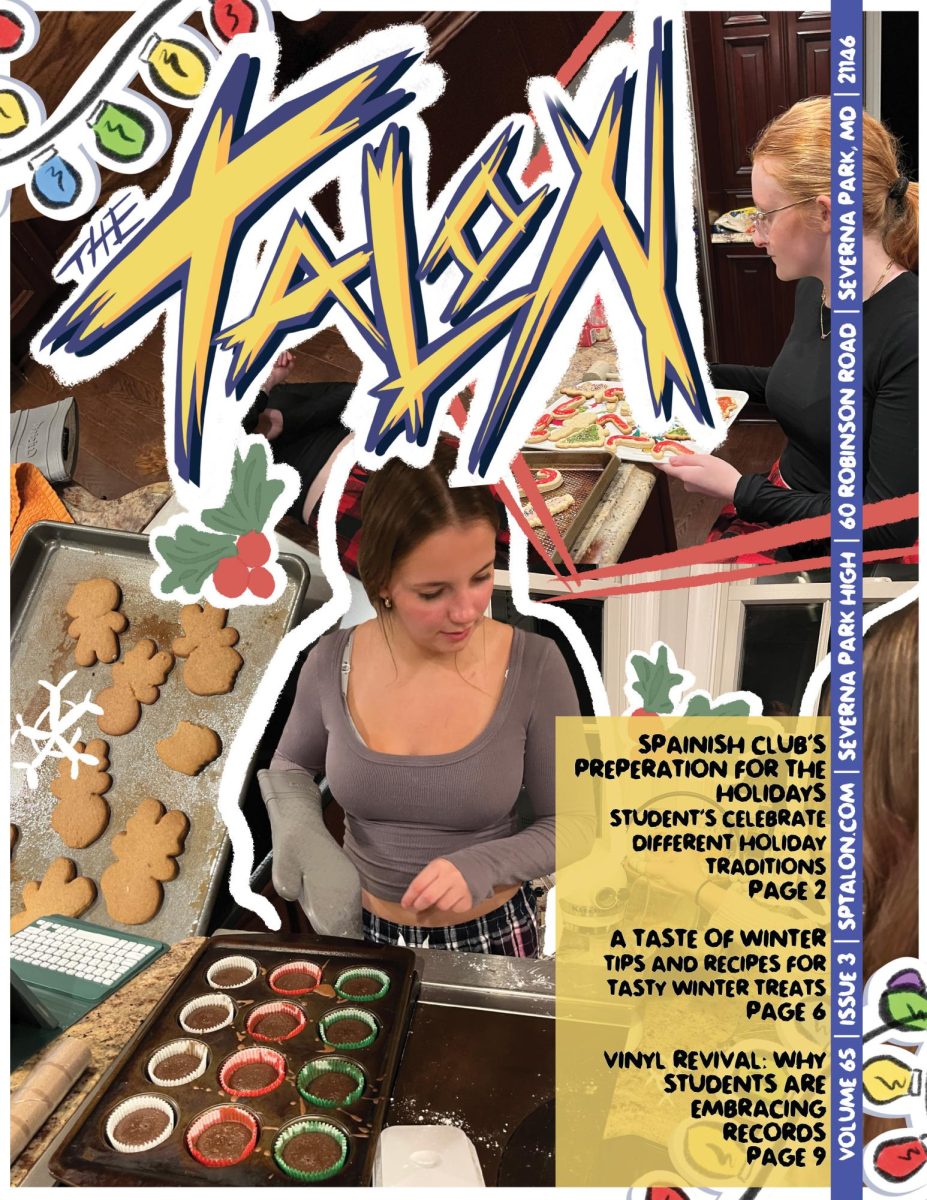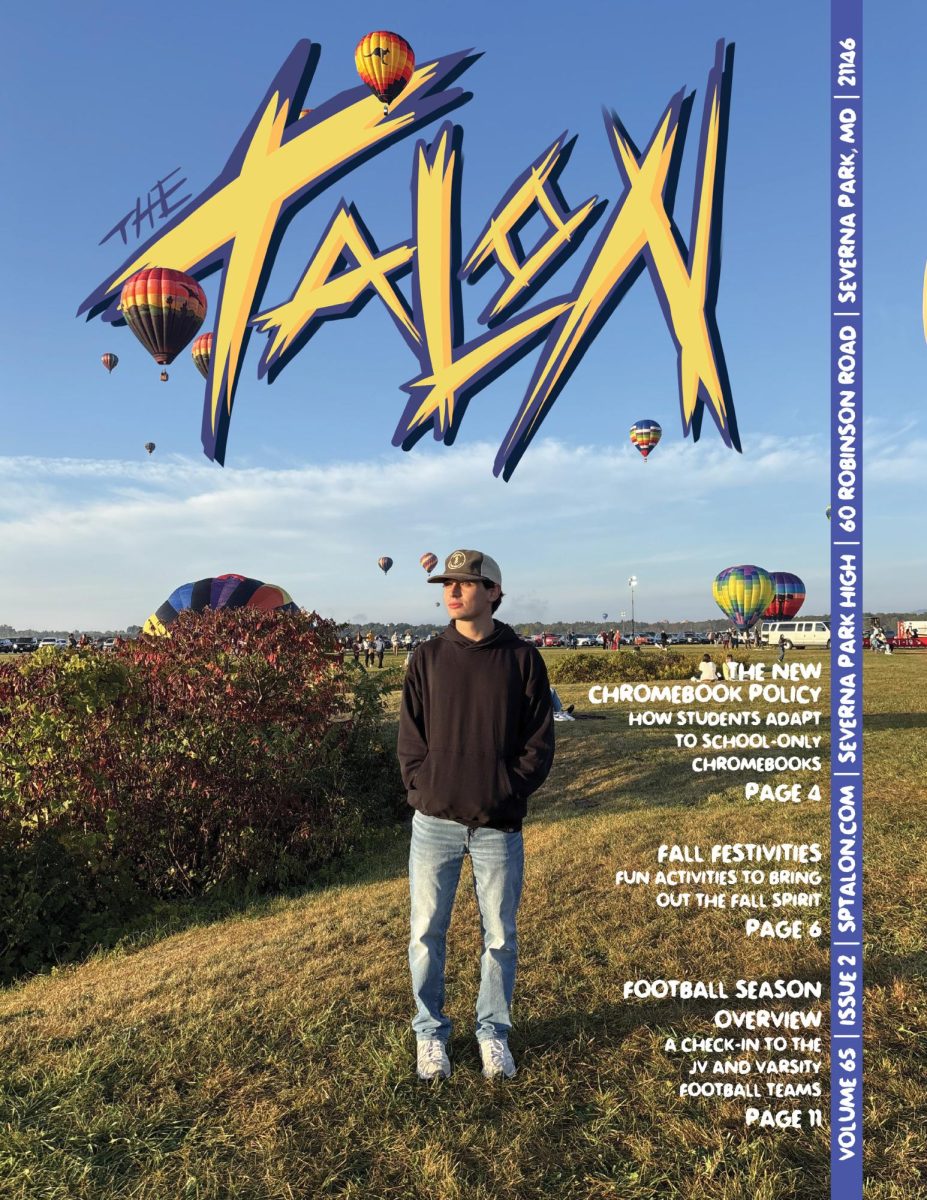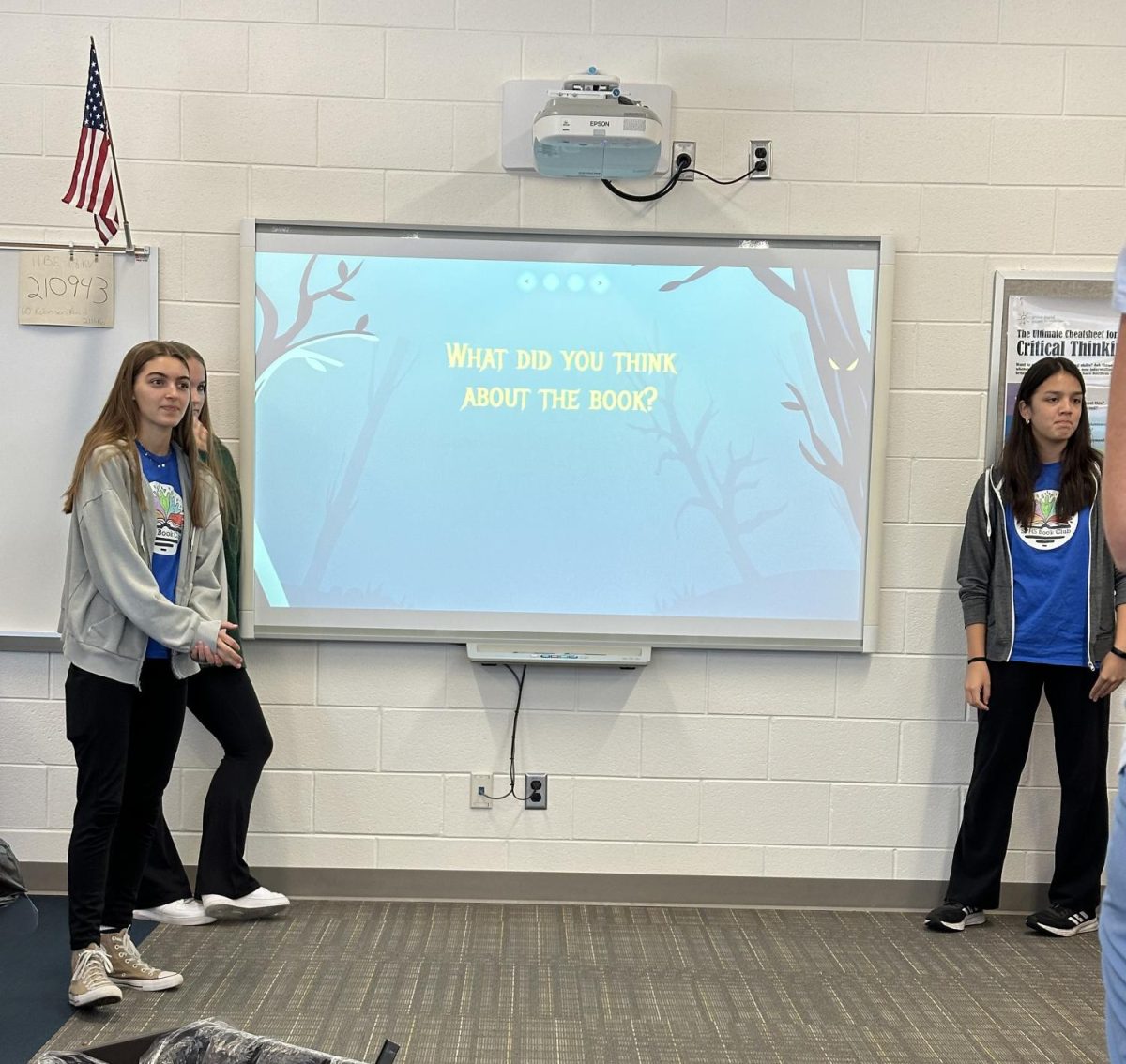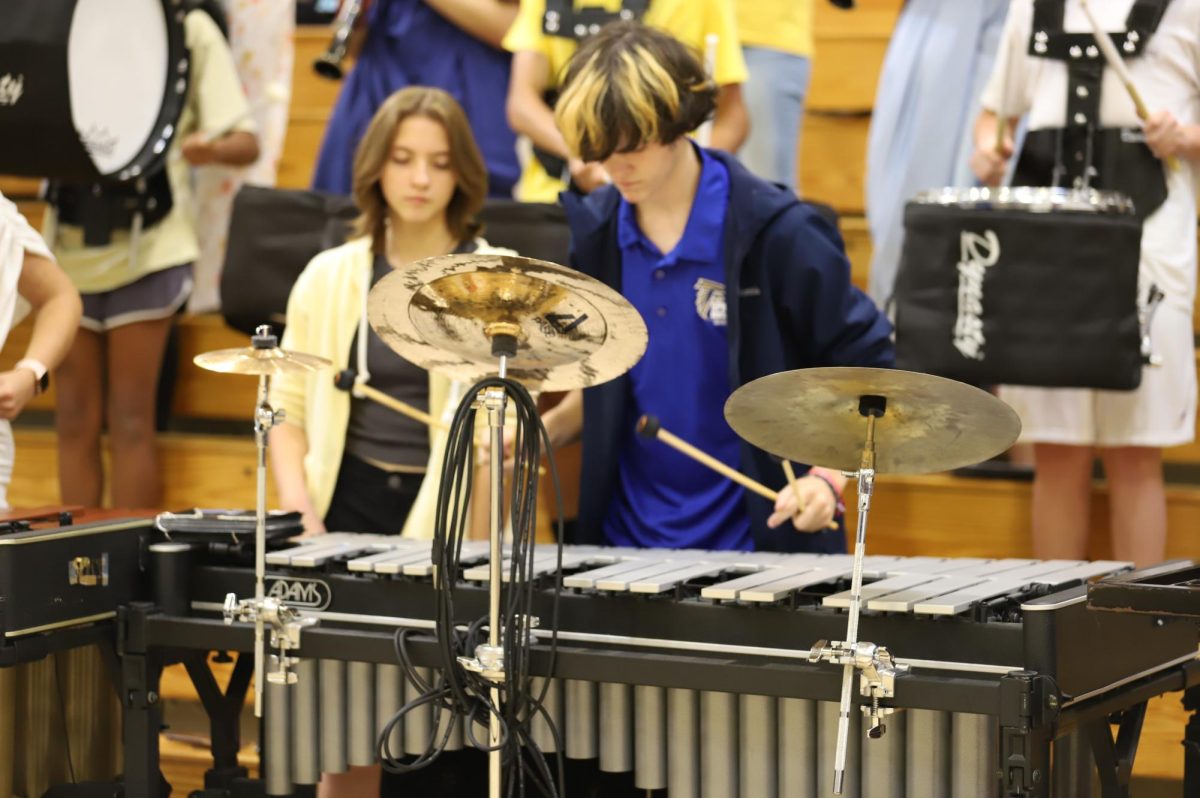Reading seems to have recently fallen out of vogue for young adolescents, leaving us with the seemingly everlasting question, why? Looking into statistics, the fall of books began “coincidentally” around the same time as the beginning of the rise of technology in 1972. How did we stray so far from something that used to be considered the most widespread form of mainstream media? In an article from The Atlantic by Jordan Weissmann, she shows statistics of exactly when books being sold began an exponential decline.
“The number of non-book readers in America has nearly tripled since 1978.” Weissmann said. However, many tech companies’ first intentions were to make an easier way to read books and spread information to the furthest corners of the world. Companies like Amazon started off with Kindles and audio books, now having the main goal of delivering goods of all sorts to people everywhere. But how did we get here?
Speaking with Marianne Fitzgerald, the school librarian, and sophomore Molly Procida, the student president of Book Club, Fitzgerald talked about her coming of age as a reader.
“When I was in elementary school I brought a book to the movies with me to read before the lights dimmed,” Fitzgerald said, “Since then, I never put them down.” She went on to describe how she became a librarian at Severna Park. “I began teaching here in 2004, and received my masters degree in Library and Information Science from the University of North Carolina – Greensboro in 1998.” To which Molly responded “No need to toot your own horn Ms. F.” All jokes aside though, when asked if she thought it was important for students to read constantly, Fitzgerald responded with “Not constantly but regularly- even if it’s just the news headlines. Reading is a neurobiological process that works out your brain muscles. Reading also entertains and informs.” a very elusive, profound response one might think.
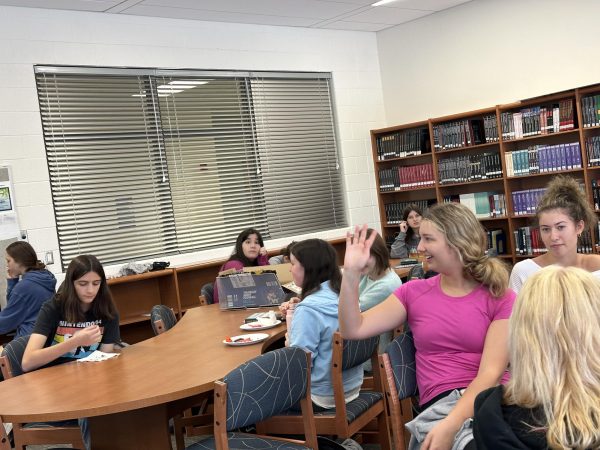
Statistics show children can gain lots of academic benefits could never be as fulfilling as watching it happen and inflicting your own teachings on to the minds of today’s youth culture. On a somewhat more personal note, Fitzgerald was particularly engaged in how Book Club has directly affected her relationship with her students, saying “I love it because it gives Mrs. Hill and I a chance to interact casually with students. It also gives me the opportunity to meet students and get to know their names- since I technically don’t have my own classes- while I recognize faces, I don’t always ‘know’ a lot of students.” It’s always warming to know that teachers enjoy and are eager to get close with students, and it shows a lot of genuine kindness and helps bring a greater sense of community to the school. Though Procida didn’t speak much, she was very grateful to Fitzgerald for taking time out of her day to do this extracurricular activity, and that she deeply enjoys being able to sit down and read a good book with a few friends.
On a concluding note, Fitzgerald explained that a school wide platform like this article could be a great way to entice new students, or students interested in joining Book Club.
“Just show up to the next meeting or come in and talk to me and check out this month’s pick,” Procida said.
For any new students, the media center is located just outside the world language hallway on the second floor, and if any of you reading this aren’t big novel readers, maybe it’s possible you just haven’t cracked open the right book! Book Club challenges you to read one article, book, or comic that you really enjoy and put your favorite book in the poll below! ‘Till next time, from the Talon.
